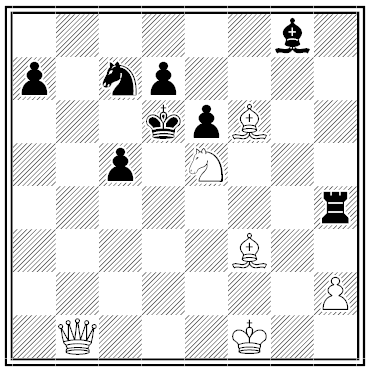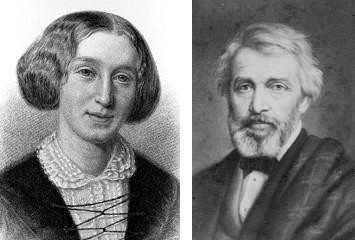
In 1947, Charles M. Schulz was working as an art instructor at a Minneapolis correspondence school when the accounting department hired a pretty redhead named Donna Mae Johnson. “I just thought she was wonderful,” Schulz said. On his way in to work he would stop off on the second floor to draw cartoons on her desk calendar, and in February 1950 they began to date.
The trouble was that Donna had a second boyfriend, a local boy named Alan Wold whom she had been dating since 1948. “I knew quite soon in the relationship that it was Al that I wanted,” she said, yet “I really loved Sparky too at the same time.” She asked her diary on May 8, 1950: “How will you ever decide?”
On June 14, after signing a deal with a newspaper syndicate to publish his comic strip, Peanuts, Schulz went to her and proposed marriage.
All she could say was “I don’t want to marry anybody. I just wish everybody would leave me alone.”
He pressed her for three weeks, but she was firm. Schulz eventually moved to Colorado, married Joyce Halverson, and started a family, but he kept in touch with Donna for the rest of his life. One night he grew sentimental listening to Joni James sing about unrequited love, “and that was the mindset that got me going on Charlie Brown sitting at the playground, eating his lunch, and he looks across the playground, and he sees the little red-haired girl, and from that, that whole series came, one thing after another.”
“You never do get over your first love,” he said at age 75. “The whole of you is rejected when a woman says, ‘You’re not worth it.'”







